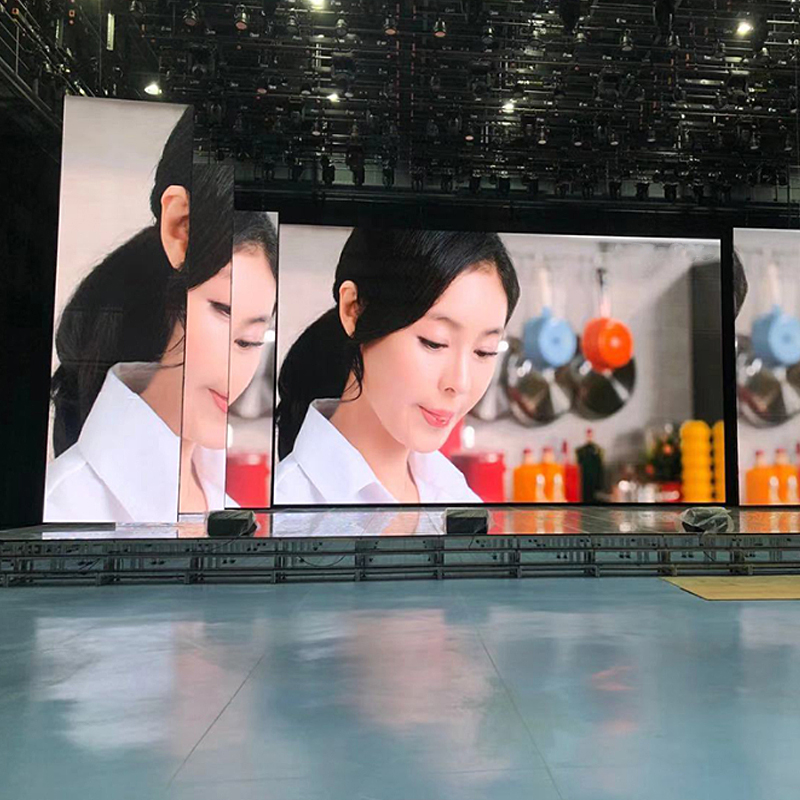No products in the cart.
Industry news
Differences and Identification of LED Screen brightness and grayscale.
The brightness of the LED screen is also a very important parameter. we talked about how to achieve the grayscale of LED screens. So, what is the difference between brightness and grayscale?
We often hear about the grayscale and brightness of LED screens. So, how much do you know about the grayscale and brightness of LED screens? Let’s take a look at the explanation provided by Shenzhen Kewei Optoelectronics professionals.
LED screen grayscale, also known as color scale or grayscale, refers to the degree of brightness. For digital display technology, grayscale is the determining factor in the number of display colors. Generally speaking, the higher the grayscale, the richer the colors displayed on the display screen, and the more delicate the image, making it easier to express rich details.
The grayscale level of the LED screen mainly depends on the A/D conversion bits of the system. Of course, the video processing chip, memory, and transmission system of the system all need to provide corresponding bit support. At present, LED screens in China mainly use an 8-bit processing system, which means 256 (28) grayscale. Simply understood, there are 256 brightness changes from black to white. Using RGB three primary colors to create 256 × two hundred and fifty-six × 256=16777216 colors. It is commonly referred to as 16 megacolors. International brand displays mainly use a 10 bit processing system, which is 1024 grayscale, and RGB three primary colors can form 1.07 billion colors.
Grayscale nonlinear transformation
Gray level nonlinear transformation refers to the transformation of gray level data according to empirical data or some arithmetic nonlinear relationship before providing it to the display screen for display. Due to the fact that LEDs are linear devices, their nonlinear display characteristics differ from traditional displays. In order to ensure that the LED display effect can comply with traditional data sources without losing the grayscale level, nonlinear transformation of grayscale data is generally performed in the rear stage of the LED display system, and the number of data bits after transformation will increase (ensuring that grayscale data is not lost).
Currently, some domestic control system suppliers refer to the size of the grayscale space after nonlinear transformation as 4096 grayscale or 16384 grayscale or higher. The 4096 level uses nonlinear transformation technology from an 8-bit source to a 12 bit space, while the 16384 level uses nonlinear transformation technology from 8 bits to 16 bits. By using an 8-bit source for nonlinear transformation, the space after transformation is definitely larger than that of an 8-bit source. Usually at least 10 digits. Just like grayscale, the larger the parameter, the better. Generally, 12 bits can be used for sufficient transformation.
So for the size of grayscale and brightness, it is not better to have a larger one, but to meet customer needs, appropriate grayscale and brightness sizes can actually achieve unexpected results.
